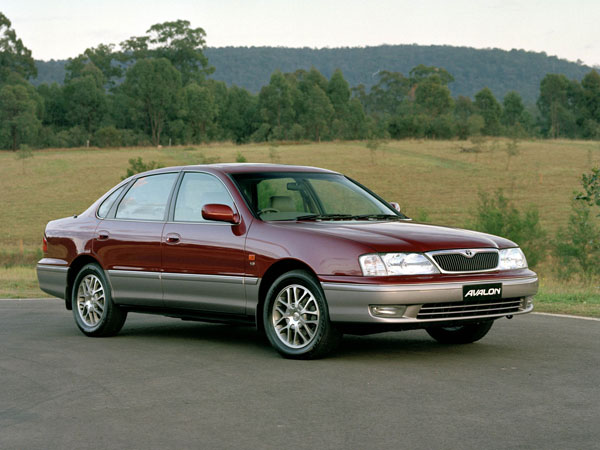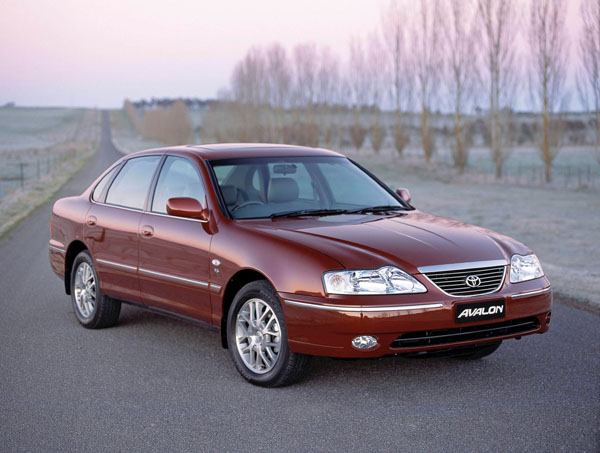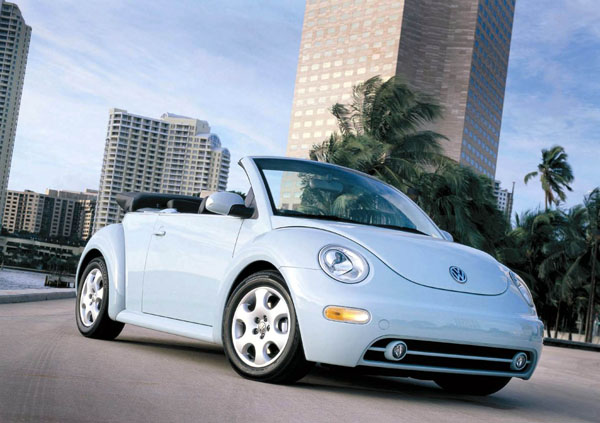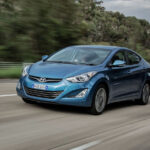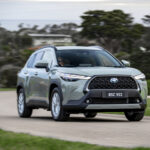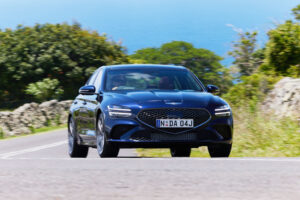Toyota Avalon is a six-cylinder family built by Toyota in its Melbourne factory. It had quite a lot of Australian design input to suit our road conditions as well as Aussie drivers’ preferences in handling and engine performance.
It was based on an early-1990s design for an American Toyota so its body was already out of date before it was launched in Australia in July 2000. This was to reduce the price of the Avalon by getting marked down equipment from the US factory. The plan backfired as the old-fashioned exterior didn’t appeal. Avalon’s interior isn’t quite as dated as the exterior, but is still nothing to write home about.
Build quality from the Altona factory was high, virtually to the standards of Japanese factories. The factory continues to operate well to this day, now producing Camry and Aurion models. The latter is the replacement for the Avalon and does a much better job in the sales race. If your budget is up to it the Aurion is will worth consideration.
Toyota gave the Avalon a major facelift in October 2003 to try and lift its looks. It didn’t work so the big Toyota was quietly withdrawn from the new-car market early in 2006.
Underneath the bland body the Toyota Avalon is an excellent machine. There’s good interior room and thanks to the space efficiency of front-wheel drive there’s room for three average sized adults in the back seat. The boot is voluminous because there isn’t a differential sitting under it as there would be if it was a rear-drive car like Commodore and Falcon.
Ride comfort is very good, yet the Avalon has good handling. Turn-in is fast and precise and the Avalon grips the road at levels far above those ever likely to be attempted by the great majority of owners. Meaning there is an abundance of safety if you are ever surprised by a corner that turns out to be tighter than it may have looked.
All Toyota Avalons have a 3.0-litre V6 engine and a four-speed automatic transmission. The only body is a four-door sedan, there’s no station wagon option – something that may also have hurt it in the sales race.
The Avalon V6 engine was based on that of the Camry V6 of the period, but was retuned by Australian engineers to give it increased torque at lower revs, something that Australian drivers like in their big cars.
Even the most basic model, called Avalon Conquest until the 2003 model change, then Avalon GXi, has enough equipment for many buyers. Top of the Avalon line is the Grande and it’s positively loaded with luxury gear, including leather trim and full climate control.
There were several Avalon special editions over the years in an attempt to drum up interest, but none really did anything for the car.
Spare parts prices and dealer servicing are about average in cost and the Toyota dealer network is probably the biggest and most widespread in Australia. Not all of the smaller dealers in the outback will have a comprehensive collection of spare parts, but can generally have them freighted in within a working day or two.
Though Avalon is relatively simple in its makeup it’s probably best to leave all repairs to the experts. A good home handyperson will be able to do basic maintenance. As always, we recommend having a workshop manual standing by before lifting that bonnet.
Insurance costs are usually towards the low end of the price list, reflecting that fact that Toyota Avalon appeals to the conservative buyer and that its Australian build means body parts are well-priced.
If you can live with the somewhat ordinary looks, Toyota’s Avalon provides a lot of motoring pleasure and comfort for a remarkably low price.
WHAT TO LOOK FOR
Normally trouble free in a very Toyota manner. But have a look over an Avalon carefully in case it has been owned by a careless person who declined to have it serviced. Ask to see the books.
Many Avalons were used as taxis, particularly in northern areas of Australia. These don’t necessarily run on LPG so the fact that it’s running on petrol isn’t a clue. Check for big numbers on the speedo and for more than a normal wear and tear in the back seats and boot.
The engine should start virtually instantly and idle smoothly from the moment it kicks over.
Automatic transmission changes should be all but impossible to hear or feel at low to moderate throttle openings.
Check the condition of the body panels for signs of previous crash repairs: paint that doesn’t quite match from one panel to another, slight ripples in the surfaces, tiny drops of paint overspray on non-painted surfaces such as the windows and trim items.
CAR BUYING TIP
Spend just as much time on finding the best finance and insurance as you do on selecting the best car.





